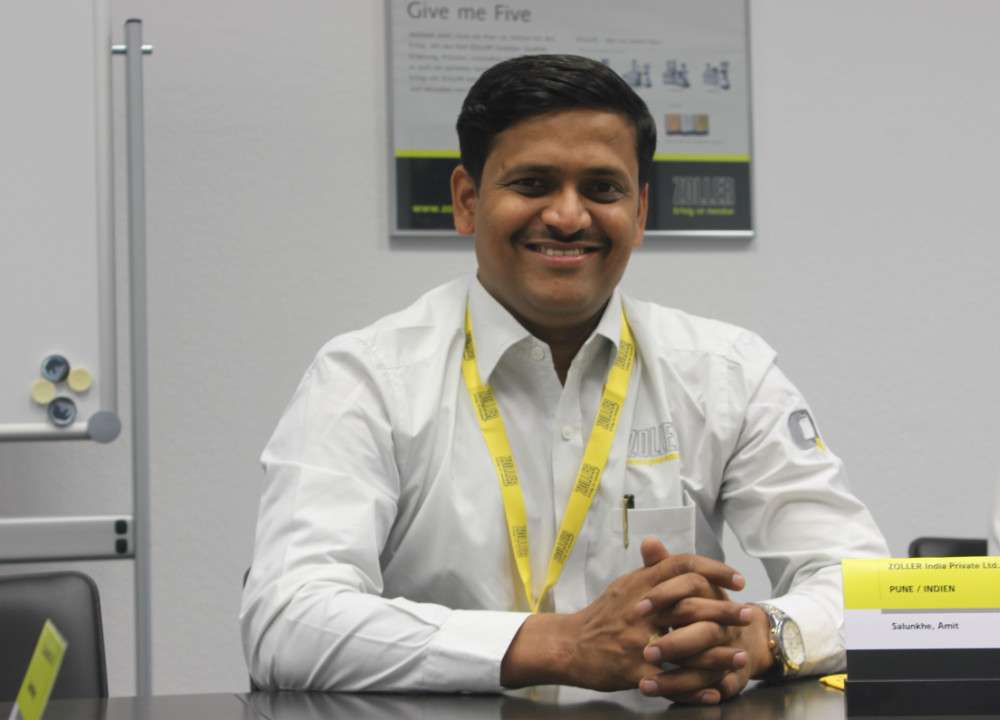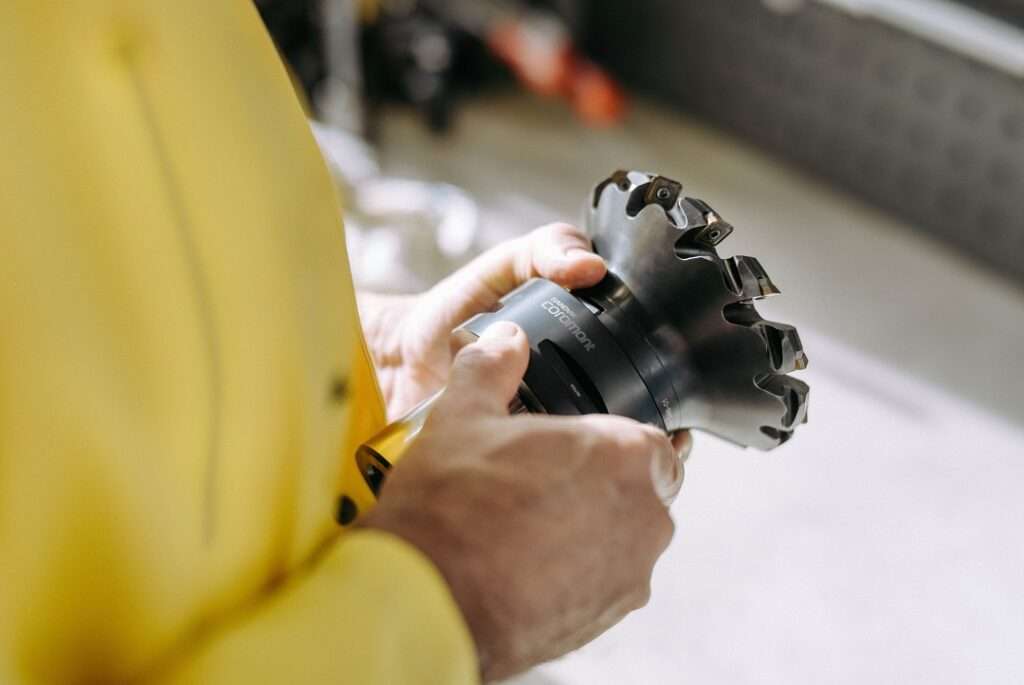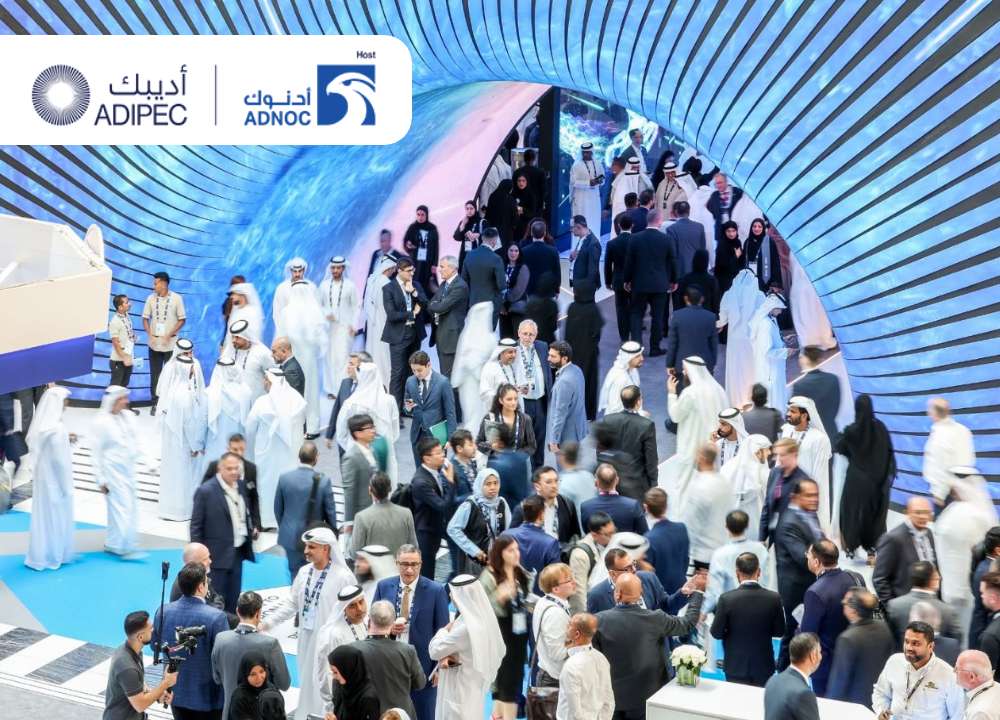China’s solar manufacturing sector has recently faced a severe downturn, marked by a tumultuous earnings season, yet there are emerging signs that the severe oversupply plaguing the industry might be starting to diminish. In the first half of the year, Longi Green Energy Technology Co and five other major solar companies collectively incurred losses totaling $2 billion.
This financial turmoil is largely attributed to an oversaturation of the market caused by an aggressive expansion of production facilities over recent years. The resultant surplus has driven prices to unprecedentedly low levels. As a consequence, smaller firms have been pushed into restructuring, while escalating trade tensions with the United States and Europe pose additional risks to exports.
Despite the current financial hardship, there are glimmers of potential recovery, although a substantial rebound may not materialize until next year. Goldman Sachs Group Inc. predicts an imminent wave of factory shutdowns, which could help restore balance to the market. Meanwhile, Morgan Stanley suggests that equipment prices may have already reached their lowest point.
In an effort to combat the pervasive issue of low pricing, Longi has announced its intention to “steer the industry away from the quagmire of cutthroat price competition” by increasing solar wafer prices this week. Similarly, TCL Zhonghuan Renewable Energy Technology Co. has also indicated a price hike for three types of wafers, as reported by Chinese media outlets.
Cosimo Ries, an analyst at Trivium China in Shanghai, remarked, “I’m uncertain whether prices can fall further; it’s already too severe even for the largest players. It will likely be a painful year, and possibly longer, before this excess capacity is absorbed.”
The root of the Chinese solar industry’s current dilemma traces back three years. A surge in demand for solar panels led to soaring prices and triggered ambitious expansion plans, resulting in an overabundance of supply. By the end of 2023, the industry had accumulated the capacity to produce 1,154 gigawatts of solar modules—more than double the capacity from two years prior.
However, anticipated demand for this year is projected to be just 593 gigawatts, according to BloombergNEF. The Chinese solar industry, responsible for approximately 80% of global production, plays a crucial role in the global fight against climate change. Its current challenges underscore the difficulty of aligning production with demand in rapidly growing sectors related to the energy transition.
Additionally, the intensifying US-China rivalry complicates matters for Chinese manufacturers. The United States plans to double import tariffs on Chinese solar equipment to 50%, and is also targeting Chinese firms that have established factories in Southeast Asia.
Trade relations between Beijing and the European Union, another significant market for Chinese solar products, are also deteriorating. The escalating dispute over subsidies, initially focused on electric vehicles, has expanded to include pork, dairy, and brandy.
Goldman analysts, including Trina Chen, noted, “Chinese manufacturers are grappling with poor profitability and uncertainties regarding market access limitations in the US and EU. The Chinese solar industry is entering the final phase of a downcycle, with a cyclical bottom expected around 2025.”
Longi has been particularly hard-hit, reporting net losses of 5.2 billion yuan ($740 million) during the first half of the year, a stark contrast to the 9.3 billion yuan in profits it earned during the same period in 2023. Tongwei Co. and TCL Zhonghuan Renewable Energy Technology Co. also reported losses exceeding 3 billion yuan each.
Other companies such as JA Solar Technology Co., Xinjiang Daqo New Energy Co., and GCL Technology Holdings Ltd. also posted significant losses for the period. Longi acknowledged in its earnings report that “the industry is undergoing a profound adjustment period due to rapid production capacity expansion over the past two years and a complex global trade environment.”
In response, several top executives have appealed to the central government for intervention to assist the industry’s recovery. Proposed measures include regulating new factory constructions, targeting less-efficient operations, limiting price reductions, and encouraging industry consolidation.
Some of these measures are already being implemented. Earlier this month, Tongwei acquired Jiangsu Runergy New Energy Technology Co., marking the first major consolidation effort during this downturn. Additionally, expansion plans at various other firms have been postponed or scrapped.
Nevertheless, it is expected to take another six to twelve months for prices to return to break-even levels for solar companies, according to Morgan Stanley analysts including Eva Hou. “The industry will need to either further reduce production costs or enhance capacity consolidation efforts to bring supply-chain prices back to a sustainable level,” she added.







